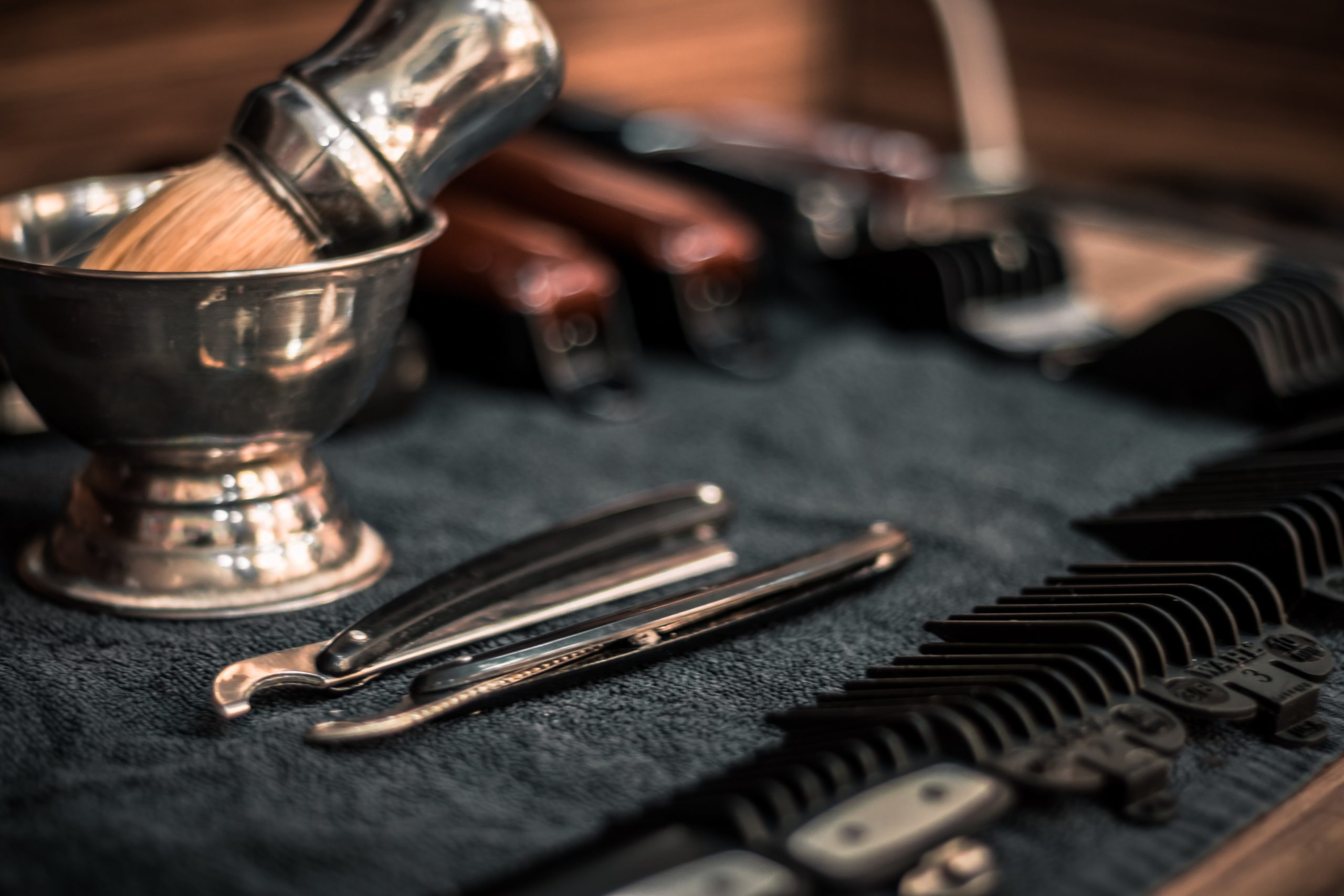In this article, we will explore the factors that influence how long does facial hair take to grow after shaving and provide insights into the average time it takes for facial hair to regrow.
Understanding Facial Hair Growth
Before delving into the regrowth timeline, it’s essential to understand how facial hair grows. Hair follicles located in the skin produce hair. These follicles have different growth cycles, including the anagen (active growth), catagen (transition), and telogen (resting) phases. Facial hair, like scalp hair, follows this cycle. When you shave, you only remove the visible hair above the skin surface, leaving the hair follicles intact.
Factors Influencing Facial Hair Growth
Several factors affect the rate of facial hair growth. Genetics plays a crucial role, as some individuals naturally have faster-growing hair than others. Age also influences growth rate, with hair typically growing faster during adolescence and early adulthood. Hormonal levels, specifically testosterone, can impact hair growth. Additionally, factors like overall health, diet, stress levels, and medication can affect facial hair growth patterns.
Average Time for Facial Hair Regrowth
The regrowth time for facial hair after shaving varies among individuals. On average, facial hair grows about half an inch (1.25 cm) per month. This means that if you were to shave completely, it could take approximately two to three months to regrow a full beard. However, it’s important to note that this is a general estimate, and individual variations are common.
Patchy Growth and Fill-In Time
When regrowing facial hair after shaving, it’s common to experience patchy growth initially. This occurs because not all hair follicles enter the anagen phase simultaneously. Some may take longer to activate, leading to uneven hair growth. Depending on your genetics and other factors, it may take several weeks for the patches to fill in, resulting in a more uniform appearance.
Tips for Promoting Facial Hair Growth
If you’re eager to enhance the regrowth process, there are a few steps you can take. First, maintain a healthy lifestyle, including a balanced diet rich in vitamins and minerals. Adequate sleep, regular exercise, and stress management can also support hair growth. Additionally, consider using beard oils or conditioners to keep the facial hair and skin moisturized, which can promote healthier growth.
Avoiding Common Myths
Several myths surround facial hair growth that can lead to misconceptions. Contrary to popular belief, shaving does not make hair grow back thicker or faster. It merely gives the illusion of coarser hair due to the blunt ends. Similarly, using specific products or techniques will not magically accelerate hair growth beyond your body’s natural capabilities.
